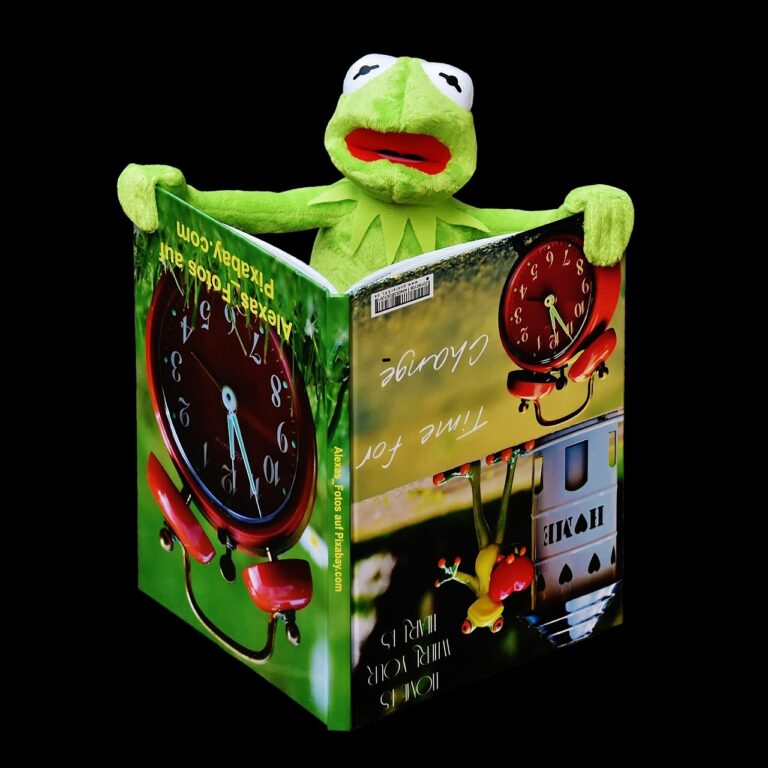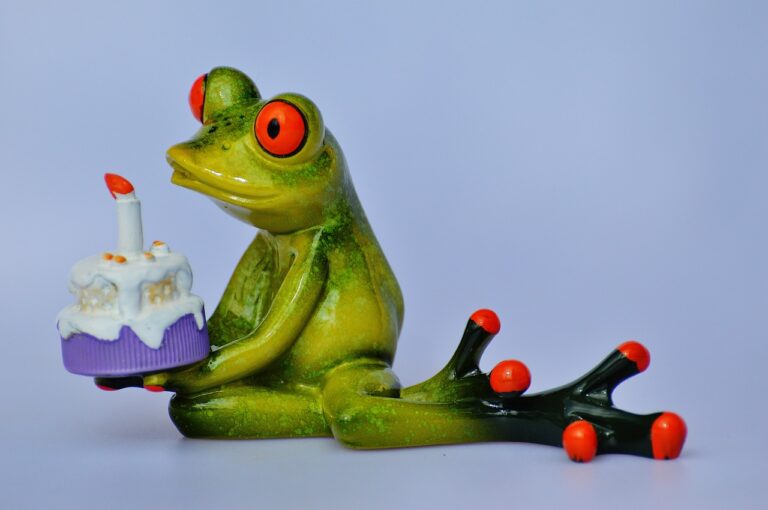Exploring the Role of Puppetry in Children’s Theater: Entertaining and Educating Young Audiences: Betbook247, Radhe exchange registration, My laser247.com
betbook247, radhe exchange registration, my laser247.com: Exploring the Role of Puppetry in Children’s Theater: Entertaining and Educating Young Audiences
When it comes to children’s theater, puppetry has always played a significant role in entertaining and educating young audiences. The use of puppets in theatrical performances dates back centuries and continues to be a popular medium for storytelling with children. Let’s take a closer look at how puppetry enhances the theatrical experience for kids and why it is an essential tool in engaging young minds.
The Magic of Puppetry
Puppetry brings characters to life in a magical and captivating way that resonates with children of all ages. Whether it’s a hand puppet, marionette, or shadow puppet, each type of puppet has its unique charm and allure that draws in young audiences. The imaginative and fantastical nature of puppetry allows for endless possibilities in storytelling, creating a sense of wonder and awe that captivates children’s attention.
Enhancing Creativity and Imagination
Puppetry encourages children to use their creativity and imagination by allowing them to explore different characters and worlds through the performance. By engaging with puppets, children can develop empathy, communication skills, and problem-solving abilities as they navigate the stories being told on stage. Puppetry provides a safe space for children to express themselves and explore their emotions, making it a valuable tool for both entertainment and education.
Educational Benefits of Puppetry
In addition to entertaining young audiences, puppetry also has numerous educational benefits. Through puppetry performances, children can learn about storytelling, language development, cultural diversity, and social skills. Puppetry can be used to teach important lessons and values in a fun and engaging way, making learning an interactive and enjoyable experience for kids. Puppet shows often incorporate music, dance, and interactive elements that help reinforce educational concepts and promote active learning.
The Power of Visual and Tactile Stimulation
Puppetry provides a multisensory experience for children, combining visual and tactile stimulation to enhance their engagement with the performance. By watching the movements of puppets and interacting with them through touch, children can better understand and connect with the characters on stage. The colorful costumes, intricate puppet designs, and detailed set pieces create a vibrant and immersive world that sparks children’s curiosity and imagination.
FAQs
Q: What age group is puppetry suitable for in children’s theater?
A: Puppetry is suitable for children of all ages, from toddlers to pre-teens. The visual and interactive nature of puppetry makes it appealing to a wide range of audiences.
Q: How can parents encourage their children to engage with puppetry?
A: Parents can encourage their children to engage with puppetry by attending puppet shows, reading puppet-themed books, and creating their own puppet performances at home.
Q: Are there any educational resources available for using puppetry in teaching?
A: Yes, there are educational resources available for using puppetry in teaching, including lesson plans, puppet-making tutorials, and workshops for educators.
In conclusion, puppetry plays a vital role in children’s theater by entertaining and educating young audiences in a unique and engaging way. Through the magic of puppetry, children can explore their creativity, imagination, and empathy while learning important lessons and values. Puppetry remains a timeless and beloved art form that continues to captivate and inspire young minds.







